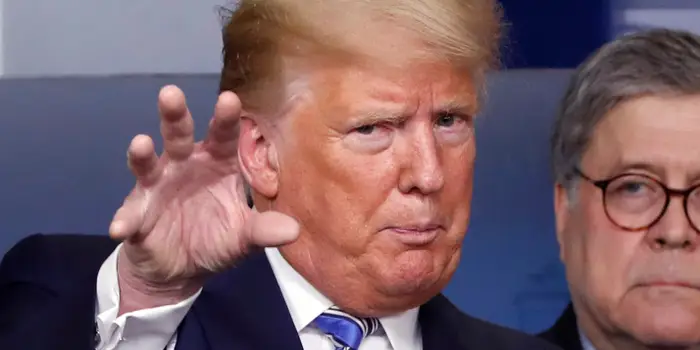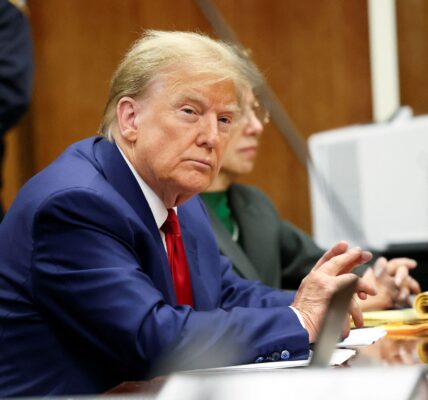Amidst the legal tumult surrounding former President Donald Trump and The Trump Organization, the recent decision by the New York state Supreme Court’s First Judicial Department Appellate Division to grant a stay of enforcement on the staggering $464 million judgment has sparked both relief and renewed scrutiny. However, the roots of this legal saga delve deeper into a complex web of financial transactions and alleged improprieties.
The origins of the case trace back to a comprehensive investigation launched by the New York attorney general’s office, led by Letitia James, into the financial affairs of The Trump Organization. This inquiry, prompted by a myriad of allegations ranging from tax evasion to fraudulent business practices, culminated in a landmark judgment against Trump and his organization.
The defense’s argument for the impossibility of procuring a bond of such magnitude sheds light on the intricate negotiations undertaken by Trump’s legal team. With four brokers engaged in discussions with over 30 companies, the endeavor to secure the necessary sureties proved arduous. The sheer scale of the bond, totaling $464 million, presented a formidable challenge, exacerbated by the stringent requirements imposed by potential sureties.
The conditions set forth by the appellate court reveal the delicate balance struck between the need for financial security and the practical constraints faced by Trump and his associates. The directive for President Trump to furnish $175 million within a mere 10 days underscores the urgency of the situation, while also acknowledging the financial constraints inherent in the case.
Central to the judgment are provisions that not only impose substantial financial penalties but also entail sweeping restrictions on the professional activities of key individuals within The Trump Organization. The permanent barring of former CFO Allen Weisselberg and former Comptroller Jeffrey McConney from assuming financial control of any New York business entity underscores the gravity of the allegations levied against them.
Moreover, the sanctions levied against President Trump himself, including restrictions on serving as an officer or director of any New York corporation, underscore the far-reaching implications of the court’s decision. Similarly, the curtailment of Donald Trump Jr. and Eric Trump’s involvement in New York business affairs further underscores the breadth of the legal ramifications.
Crucially, the absence of a stay request for the appointment of an independent monitor or the installation of a compliance officer reflects the court’s steadfast commitment to ensuring ongoing oversight of The Trump Organization’s financial affairs. This measure, intended to safeguard against future malfeasance, underscores the broader imperative of upholding the rule of law.
Amidst these legal developments, President Trump’s defiant response underscores the escalating tensions between the judiciary and the executive. His scathing criticism of Justice Arthur Engoron and Attorney General Letitia James reflects not only a personal vendetta but also a broader indictment of the legal system itself. Trump’s vow to swiftly fulfill the court’s financial requirements hints at a protracted legal battle yet to unfold, one that promises to further test the limits of the judicial system and the rule of law.



